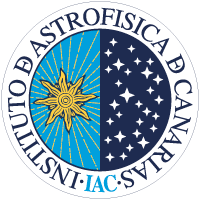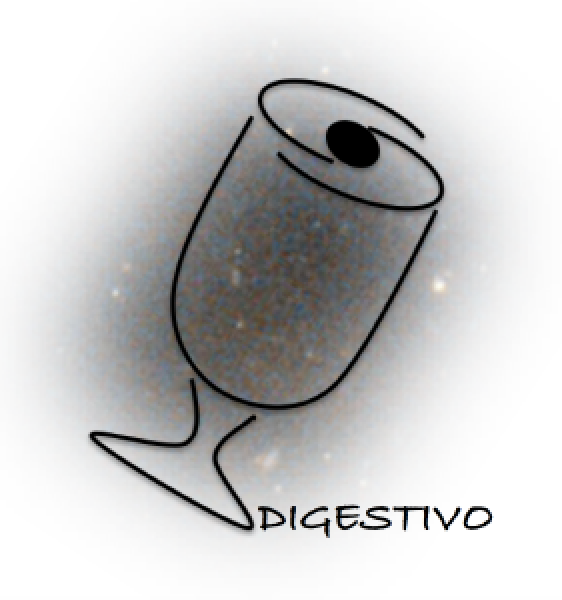Introduction
The ‘DIffuse Galaxy Expansion SignaTures In Various Observables’ (DIGESTIVO) project is a joint theoretical and observational effort carried out at the Instituto de Astrofisica de Canarias (IAC) to study the evolution and formation of Low Surface Brightness galaxies (LSBs), including the recently discovered Ultra-Diffuse Galaxies (UDGs). LSBs are extremely dark matter dominated, faint objects hardly distinguishable from the night sky. In the last decade it has became clear that large numbers of LSB galaxies exist, opening a new window on galaxy evolution and formation. How do such diffuse galaxies form and evolve? How are they linked to their dark matter haloes, and how do they fit within the current cosmological model of galaxy formation? To answer these questions, we will make use of state-of-the-art, sophisticated hydrodynamical numerical simulations of galaxies, combined with new observational data of LSBs/UDGs, which will be attained by observers at the host institution thanks to new techniques that will push the frontier of LSB imaging with optical telescopes. The goal is to study and understand the properties of diffuse galaxies: we will test our current theory according to which LSBs/UDGs arise from gas outflow episodes driven by supernovae feedback, which give rise to an expanded distribution of dark matter and stars. Searching for signatures of dark matter and stellar expansion in LSB galaxies is indeed a central theme of the proposed research, as we try to understand how LSBs arise in a galaxy formation context, which is currently an open issue.
This is the first time that a joint theoretical and observational effort on LSBs is developed: ultimately, this will offer invaluable insights on the formation of such elusive galaxies and increase our understanding of the role of baryonic feedback in galaxy formation.
The specific scientific objectives and questions that the ‘DIGESTIVO’ project aims to answer are:
1. What processes lead to the emergence of such diffuse galaxies? Is the existence of such galaxies predicted within the current model of galaxy formation, the Λ cold-DM paradigm?
2. What is the DM and baryons content of low surface brightness galaxies? Do they have gas and how much? What is their HI gas profile? Is it as extended as the one in simulations? What are their virial masses? Are they all dwarf-like or is there evidence for some of them being Milky Way-mass objects?
3. What is the role of environment in forming LSBs and UDGs? Are UDGs only found in dense regions such as clusters of galaxies?
This project is supported by a Marie-Sklodowska-Curie Individual Fellowship, H2020-MSCA-IF-2016, Grant agreement 748213, DIGESTIVO.

